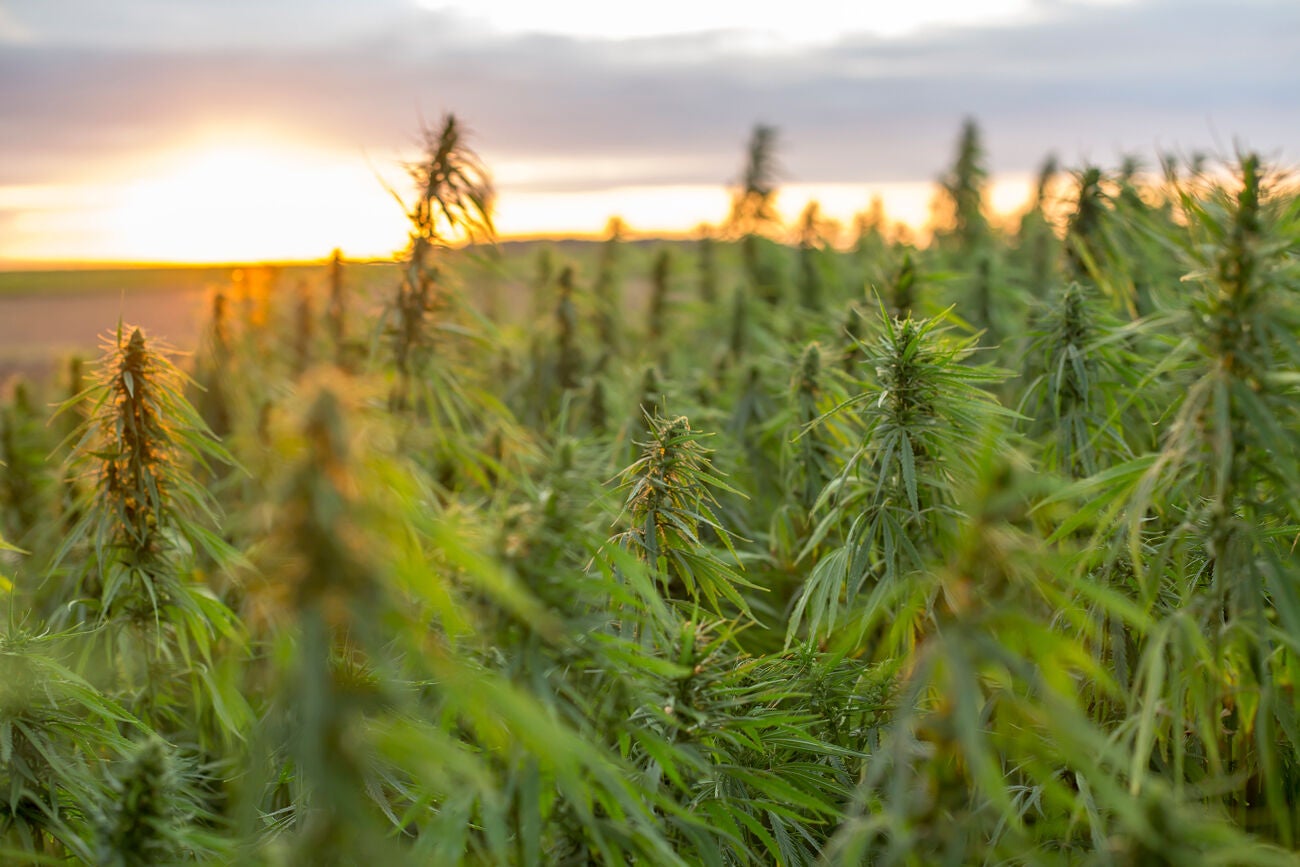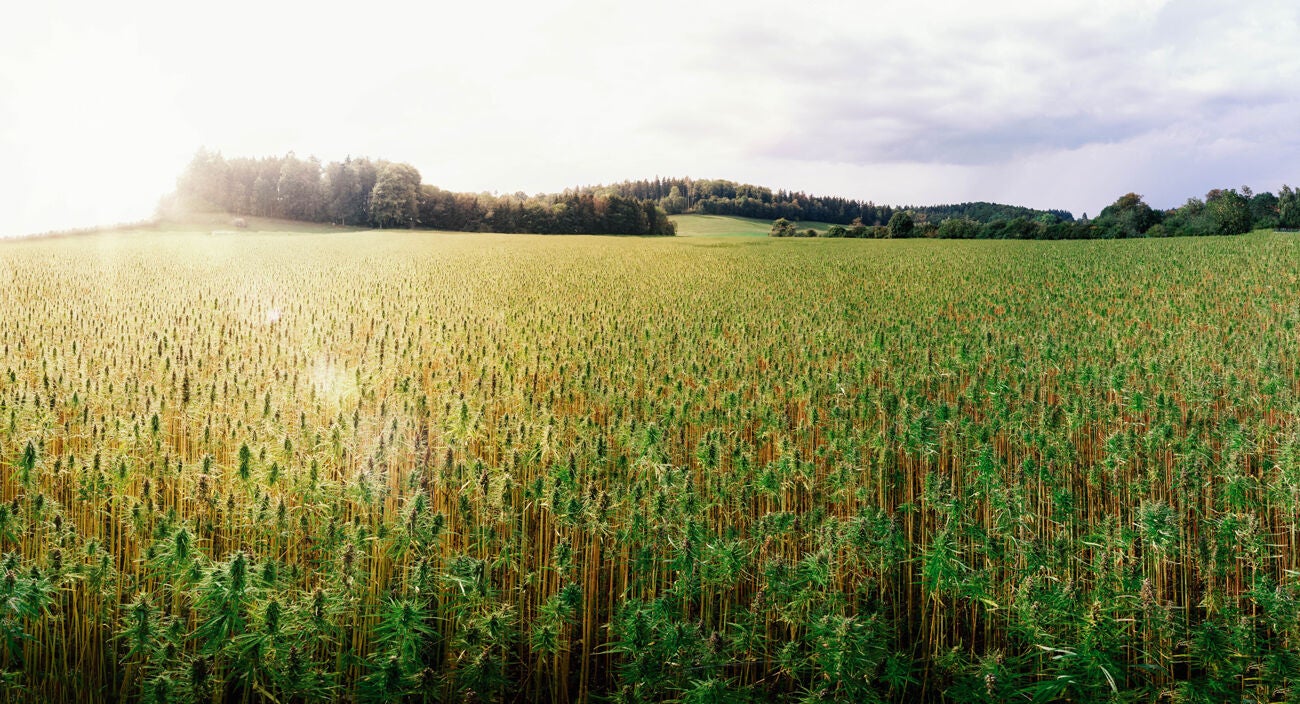New crops push out farming options

The usual mix of dairying and cropping on flatter country and sheep-beef farming on hilly to steeper land are likely to remain as the base heading into the future – pastoral farming systems may face some changes in grass species but will continue to be what grows best throughout the country.
But with the emergence of new crops and planting opportunities, the view in years to come is likely to be more of a mixed mosaic, one that reflects the opportunities bought on by changes in consumer tastes, and farmers’ responses to regulatory and climate change impacts.
National Director Rural at Bayleys, Nick Hawken, says farmers have had to get on board quickly with the He Waka Eke Noa project which aims to find a means of measuring and reducing on farm emissions with 65% now “knowing their numbers” and looking at what their options are to lower their figures.
“The challenges ahead for rural landowners may ultimately include looking at more of a mixed approach to their farm system, and a blend of income streams that maintain profitability, while also targeting a reduction in greenhouse gases and nitrate loss.”
While New Zealand has a rich history of milk production, one of the simplest crops emerging as a viable option for more farmers is oats.
Long the stalwart as a basic breakfast cereal, consumer demand for oat milk has surged in the past three years, making it the fastest growing non-dairy ‘milk’ category in supermarket chillers. The world’s largest dairy companies including Danone and Nestle have nudged into the oat milk market, with the category surpassing almond milk in popularity in the United Kingdom in the past year.
Initial oat milk offerings here have in some cases required the high milage, high emissions route of transporting oats to Sweden for processing.
However, the construction of an oat-milk processing plant in Makarewa, Southland will provide the footing for a genuinely home grown, home processed oat milk industry once complete in a few years’ time.
A crop that was once part of regular cropping rotations, only to have farms go into dairy and for it to fall from favour, is back in the mix, ironically offering an alternative beverage to the farm systems responsible for it falling away as the dairy boom progressed.
For traditional arable farmers, hemp is also providing some exciting options as a crop to include in rotations. Changes in legislation permitting hemp seed and their oil as food four years ago have prompted a burgeoning hemp industry for both fibre and food stuffs.
Districts like North Canterbury and Wairarapa are proving to be ideal for the crop, with good soils, contour and a crop processing infrastructure and farming expertise (in crops).
With a relatively low water demand, limited spraying requirements and multiple end uses in the food, fibre and skincare sectors, the crop is proving to offer another diversified planting option, with multiple high value end uses beyond traditional food commodity outlets.
As the world also tries to move further from non-degradable plastics, hemp is proving to be a valued input source for bio-degradable packaging, with ‘hemp-crete’ as an alternative to concrete and even clothing material.
For traditional sheep farmers, hemp is also proving capable of being blended with wool fibre, now backed by NZ Natural Fibres, a joint venture between Carrfields Primary Wool and Hemp NZ.
The government’s recently released Emissions Reduction Plan (ERP) also holds some promise for farmers considering emerging crop options.
The ERP included $70 million committed to woody biomass crops, including planting 10,000ha of biofuel crops as an initial trial to help develop fuel options as the country focuses on decarbonisation and reducing its reliance on coal fired boilers in processing and manufacturing businesses.
Early work has already proven crops like miscanthus, a tall spear grass type plant, are suited to growing in New Zealand, and is already being used by some processors as a fuel source. Demand for landowners to grow the ‘grass’ is anticipated to increase greatly as the 2030 ‘no coal’ transition approaches.
In addition to a potential revenue, it is also proving a good soak plant for surplus nitrogen, making it well suited to those farmers who are wanting to reduce nitrogen losses under their regional plans and water quality regulations.
Nick Hawken maintains that the farming sector is proving adaptable and responsive to challenges on farm and the emerging food choices of consumers.
“While there are a range of emerging land use options that pose challenges for landowners, there are also some exciting opportunities to preserve farm profitability, while also meeting social and environmental demands.”

Read more...